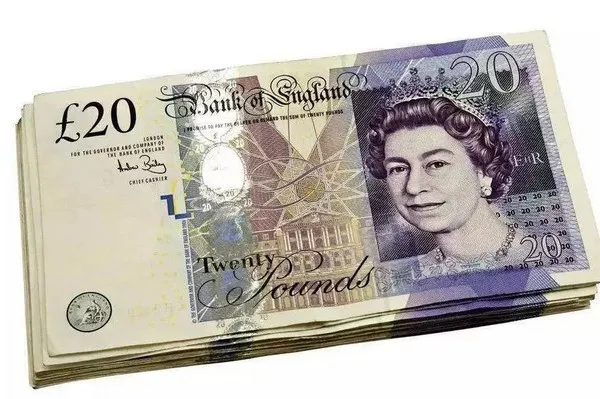The British Pound Sterling, often referred to simply as the pound, stands as one of the oldest and most influential currencies in the world. With a rich history dating back centuries, the pound has evolved not only in terms of its design but also in the materials used to craft it. In this article, we delve into the composition of the British Pound, exploring the materials that contribute to its distinctive appearance and enduring value.
Historical Perspective
Before delving into the modern composition of the British Pound, it is essential to appreciate the historical context that has shaped its journey. The pound has a storied past, with roots dating back to the 8th century. Initially, the currency took the form of silver pennies, marking the beginning of a monetary system that would undergo various transformations over the centuries.
Metamorphosis of Materials
The evolution of the British Pound’s composition is closely tied to the historical shifts in currency standards and technological advancements. Traditionally, precious metals such as silver and gold dominated the currency’s makeup. However, as economies and financial systems developed, the need for more practical and cost-effective materials became apparent.
Present-Day Composition
In contemporary times, the British Pound is primarily composed of a combination of cotton and linen, a departure from the metallic roots of its predecessors. This shift towards paper currency occurred during the 17th century when the Bank of England introduced the first banknotes. The decision to transition from metal to paper was driven by practical considerations, as paper currency proved more lightweight, easier to produce, and more cost-effective.
Cotton-Linen Blend
The unique composition of the British Pound notes involves a blend of cotton and linen fibers. This combination enhances the durability and resilience of the currency, ensuring that it can withstand the wear and tear associated with circulation. The cotton-linen blend also contributes to the distinctive texture of the banknotes, providing a tactile element that aids in counterfeit detection.
Watermark Security Feature
One of the notable security features of the British Pound is the watermark, a design embedded into the currency during the manufacturing process. The watermark is typically made from a specialized blend of cotton and linen fibers, resulting in a translucent image that is visible when the banknote is held up to the light. This feature not only adds an aesthetic dimension to the currency but also serves as a crucial anti-counterfeiting measure.
Security Threads
In addition to watermarks, modern British Pound banknotes incorporate security threads as an extra layer of protection against counterfeiting. These threads are typically composed of metallic materials, such as a combination of mylar and aluminum. The inclusion of metallic elements enhances the visibility of the security thread under ultraviolet light, making it easier for both the general public and authorities to verify the authenticity of the currency.
Polymer Banknotes
While traditional cotton-linen banknotes remain prevalent, there has been a shift towards the adoption of polymer banknotes in recent years. Polymer banknotes are crafted from a thin, flexible plastic material that offers several advantages over traditional paper-based currencies. The Bank of England introduced polymer banknotes as part of ongoing efforts to enhance durability, security, and environmental sustainability.
Polymer banknotes are resistant to moisture and dirt, making them more durable in circulation. Their non-porous surface also reduces wear and tear, resulting in a longer lifespan compared to traditional paper banknotes. Additionally, polymer banknotes are more environmentally friendly, as they are recyclable and require fewer resources in their production.
See Also: What Does Gbp Mean In Currency?A Closer Look
Metal Coins
While the majority of the British Pound is in the form of banknotes, coins continue to play a significant role in the currency system. Metal coins are typically composed of a combination of base metals, such as copper, nickel, and zinc. The composition of coins may vary depending on their denomination, with higher-value coins often containing a higher percentage of valuable metals.
The iconic one-pound coin, for example, has historically been composed of a nickel-brass alloy, providing a distinctive golden hue. The introduction of a bimetallic design in 2017 further enhanced the security features of the one-pound coin, making it more resistant to counterfeiting.
Conclusion
The British Pound, with its rich history and enduring influence, has undergone a fascinating evolution in terms of its composition. From the early days of precious metal coins to the modern blend of cotton and linen in banknotes, and the recent introduction of polymer banknotes, the currency reflects the intersection of tradition, innovation, and security.
As we navigate the intricate details of the materials that constitute the British Pound, it becomes evident that the currency’s journey is not just a narrative of economic significance but also a testament to the resilience and adaptability of monetary systems. Whether in the hands of collectors, economists, or everyday citizens, the British Pound continues to be a tangible symbol of the economic heritage and technological progress that define the United Kingdom.


